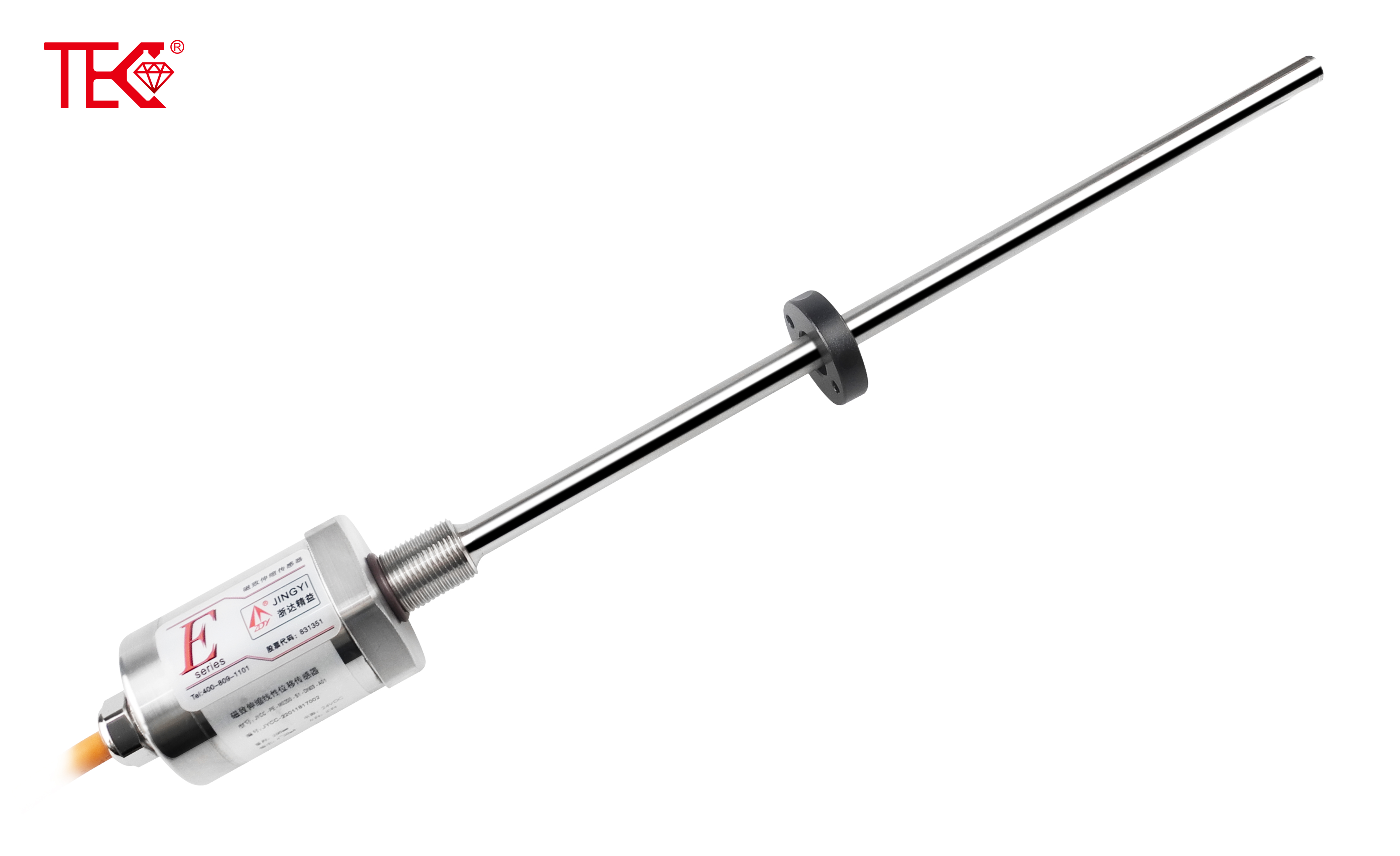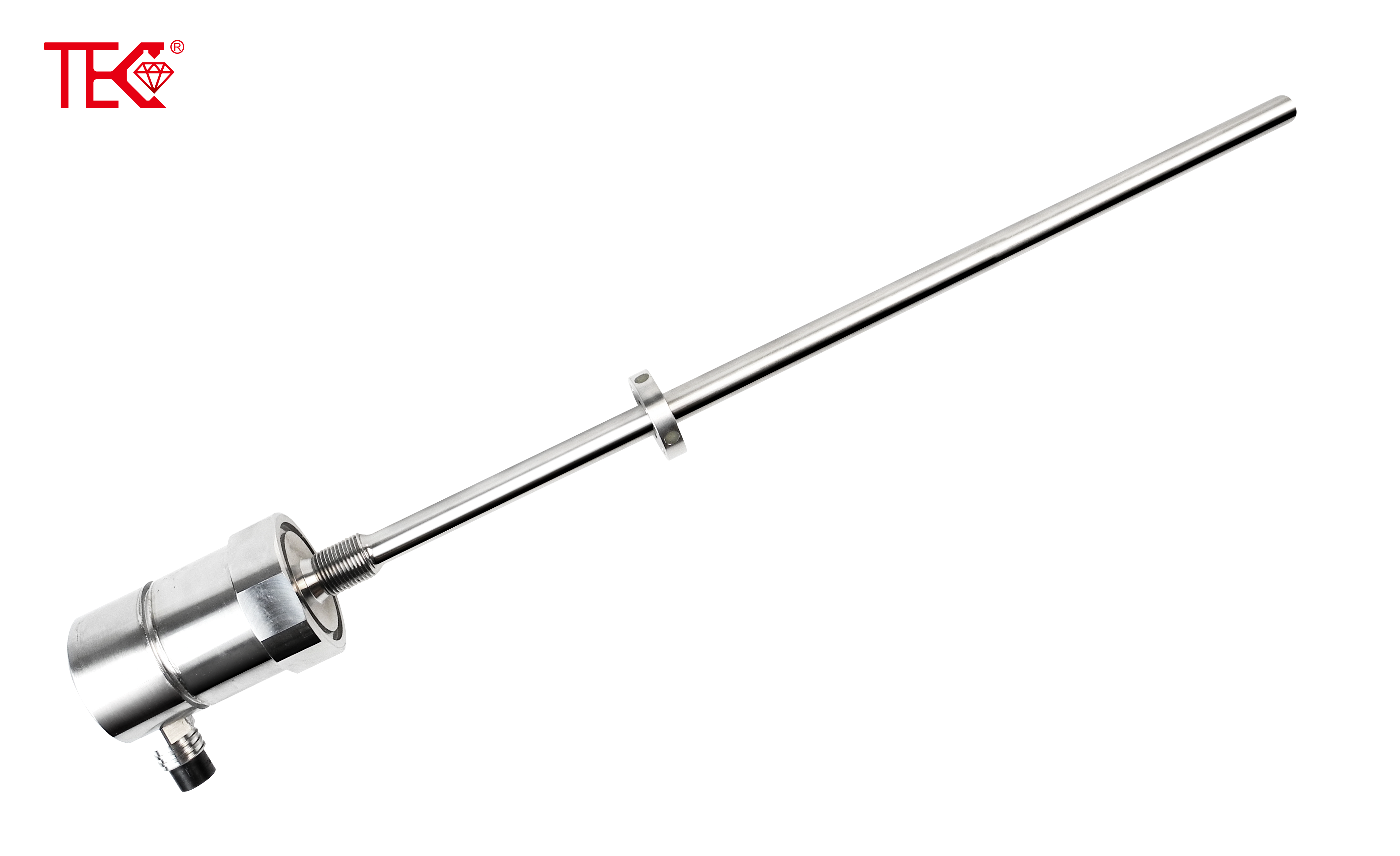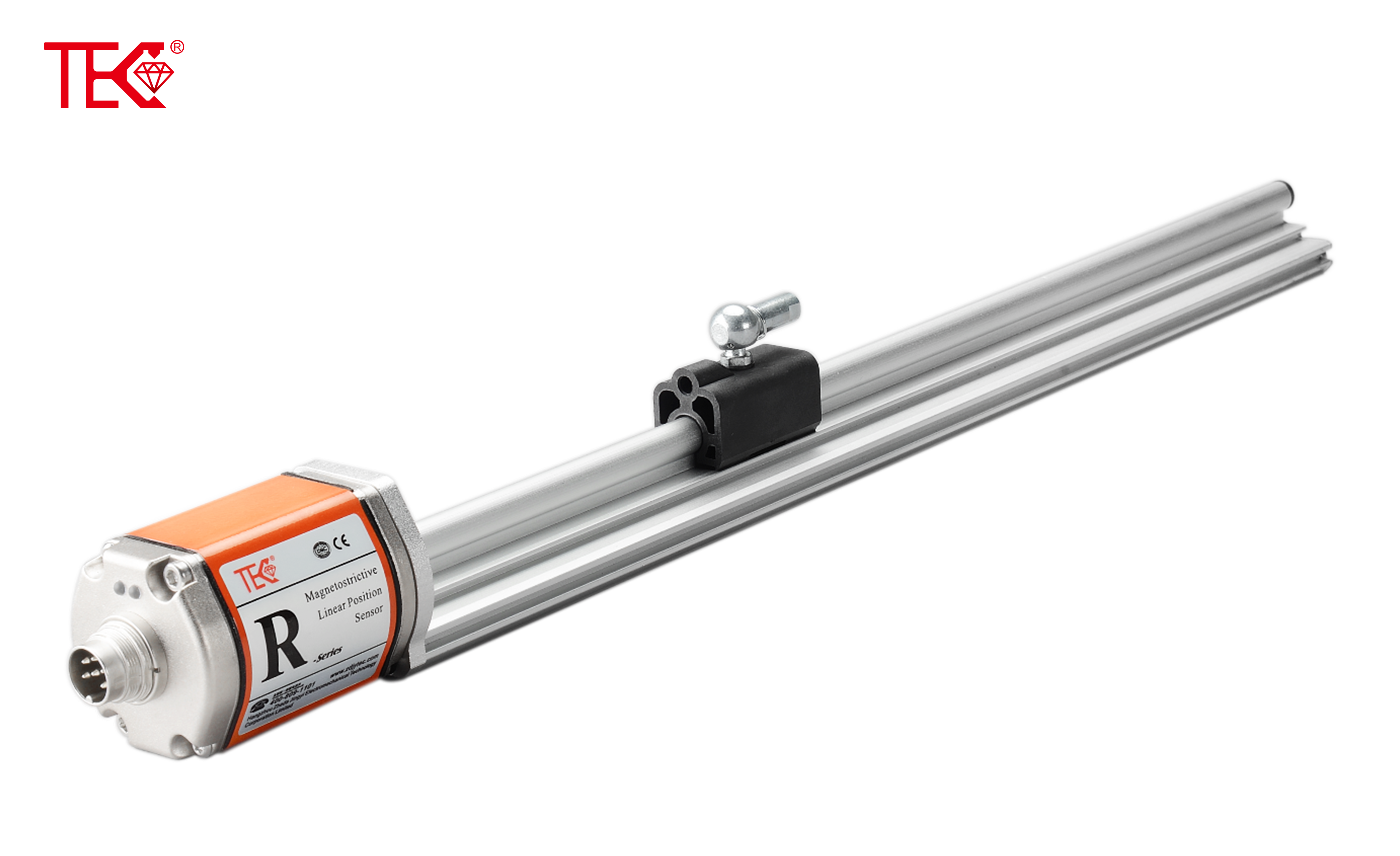How to choose a magnetostrictive displacement sensor model that meets my application requirements?
In the realm of industrial automation, precision engineering, and extreme environment applications, selecting the appropriate magnetostrictive displacement sensor can be a critical decision that directly impacts system performance, accuracy, and reliability. This guide aims to provide a structured approach to selecting a magnetostrictive displacement sensor that best suits your specific application needs, with a focus on objectivity and professionalism.
1. Understanding Your Application Requirements
The first and foremost step in selecting a magnetostrictive displacement sensor is to thoroughly comprehend your application's unique requirements. Consider the following aspects:
- Measurement Range: Determine the maximum and minimum displacement that needs to be measured. This will guide you towards sensors with appropriate ranges.
- Accuracy Needs: Assess the level of precision required for your application. Magnetostrictive sensors offer high accuracy, but specific models may differ in their stated accuracy specifications.
- Environmental Conditions: Evaluate the working environment, including temperature ranges, humidity, vibration levels, and the presence of any corrosive or conductive materials. These factors can significantly influence sensor selection.
- Installation and Space Constraints: Consider the physical space available for sensor installation, as well as any specific mounting requirements or accessibility issues.
- Signal Output: Identify the type of signal output needed (e.g., analog voltage, current loop, digital such as SSI or Ethernet/IP) to ensure compatibility with your system.
2. Key Technical Parameters
Once you have a clear understanding of your application needs, evaluate the key technical parameters of various magnetostrictive displacement sensors to narrow down your options:
- Accuracy and Resolution: Compare the sensors' accuracy ratings and resolution capabilities to ensure they meet or exceed your requirements.
- Linearity: Consider the sensor's linearity error, which affects the degree of deviation from a perfectly straight line in the output versus input relationship.
- Repeatability: Ensure the sensor provides consistent measurements over multiple cycles or under varying conditions.
- Operating Temperature Range: Verify that the sensor's operating temperature range encompasses your application's environment.
- Protection Class: Check the Ingress Protection (IP) rating to determine the sensor's resistance to dust, water, and other contaminants.
3. Consideration of Durability and Longevity
Magnetostrictive displacement sensors are known for their long-term stability and durability. However, some models may be better suited for specific applications due to material composition, internal construction, and quality control standards. Consider:
- Material Selection: Evaluate the materials used for the sensor's measuring rod, housing, and electronics for compatibility with your working environment.
- Warranty and Service Support: Check the manufacturer's warranty policy and the availability of after-sales service and technical support.
- Brand Reputation: Research the brand's reputation for reliability, quality, and customer satisfaction.
4. Evaluating the Total Cost of Ownership
In addition to the initial purchase cost, consider the total cost of ownership (TCO) over the sensor's lifetime. This includes:
- Installation Costs: Factor in any specialized tools, labor, or consulting fees required for installation.
- Maintenance and Replacement: Estimate the frequency and cost of routine maintenance, as well as the expected lifespan and replacement costs.
- Integration Costs: Evaluate the effort and expense associated with integrating the sensor with your existing system or control network.
5. Choosing a Reliable Supplier
Finally, select a reputable supplier that can provide timely delivery, accurate product information, and ongoing support. Look for suppliers with a proven track record in your industry, positive customer reviews, and a wide range of magnetostrictive displacement sensors to choose from.
Conclusion
Choosing the right magnetostrictive displacement sensor for your application requires a methodical approach that considers both technical specifications and operational requirements. By thoroughly analyzing your application needs, evaluating key technical parameters, considering durability and longevity, assessing the total cost of ownership, and selecting a reliable supplier, you can ensure that you select a sensor that meets your specific needs and provides long-term value.
 How to choose a magnetostricti
How to choose a magnetostricti
 Where can the magnetostrictive
Where can the magnetostrictive
 How to choose a magnetostricti
How to choose a magnetostricti
 Working principle of explosion
Working principle of explosion
